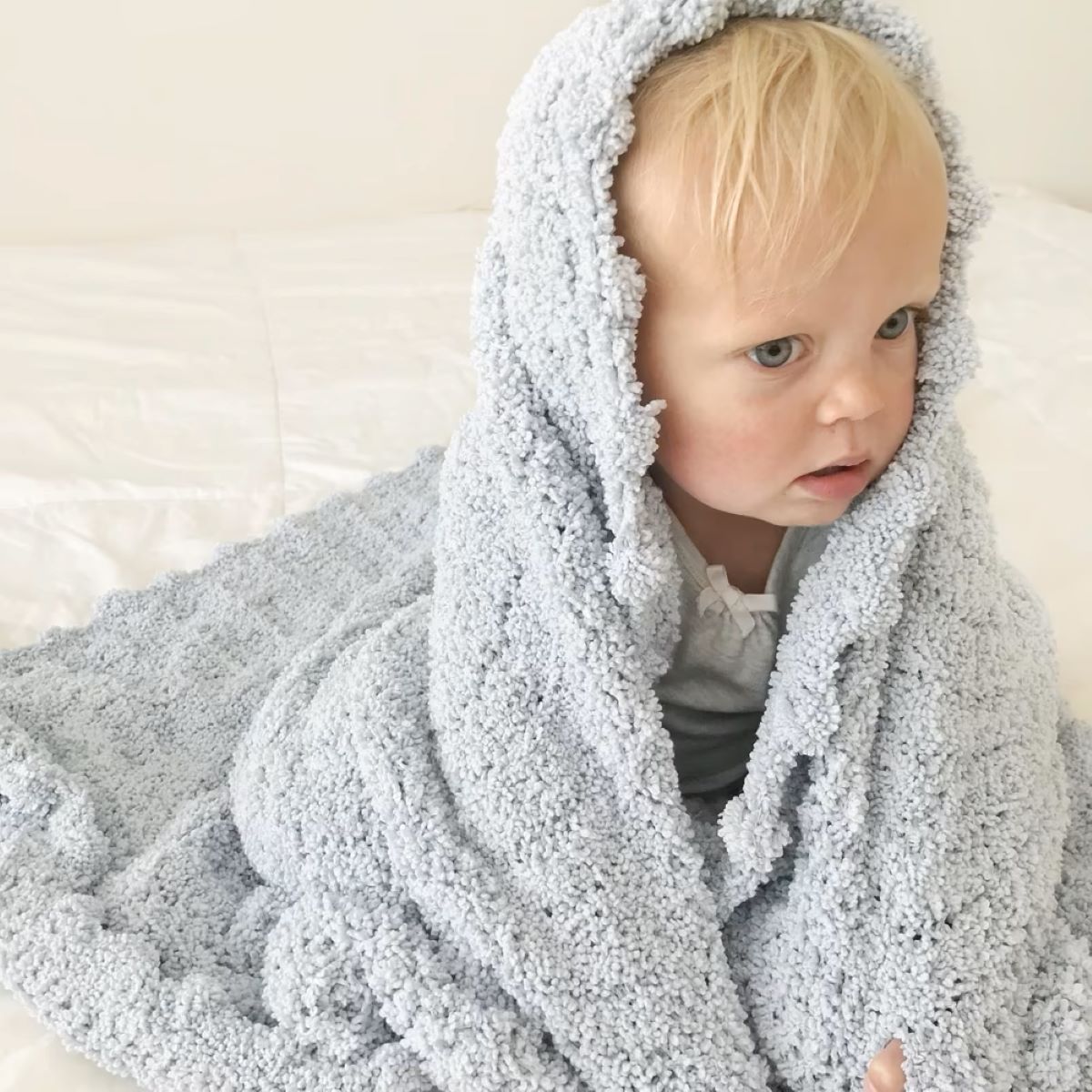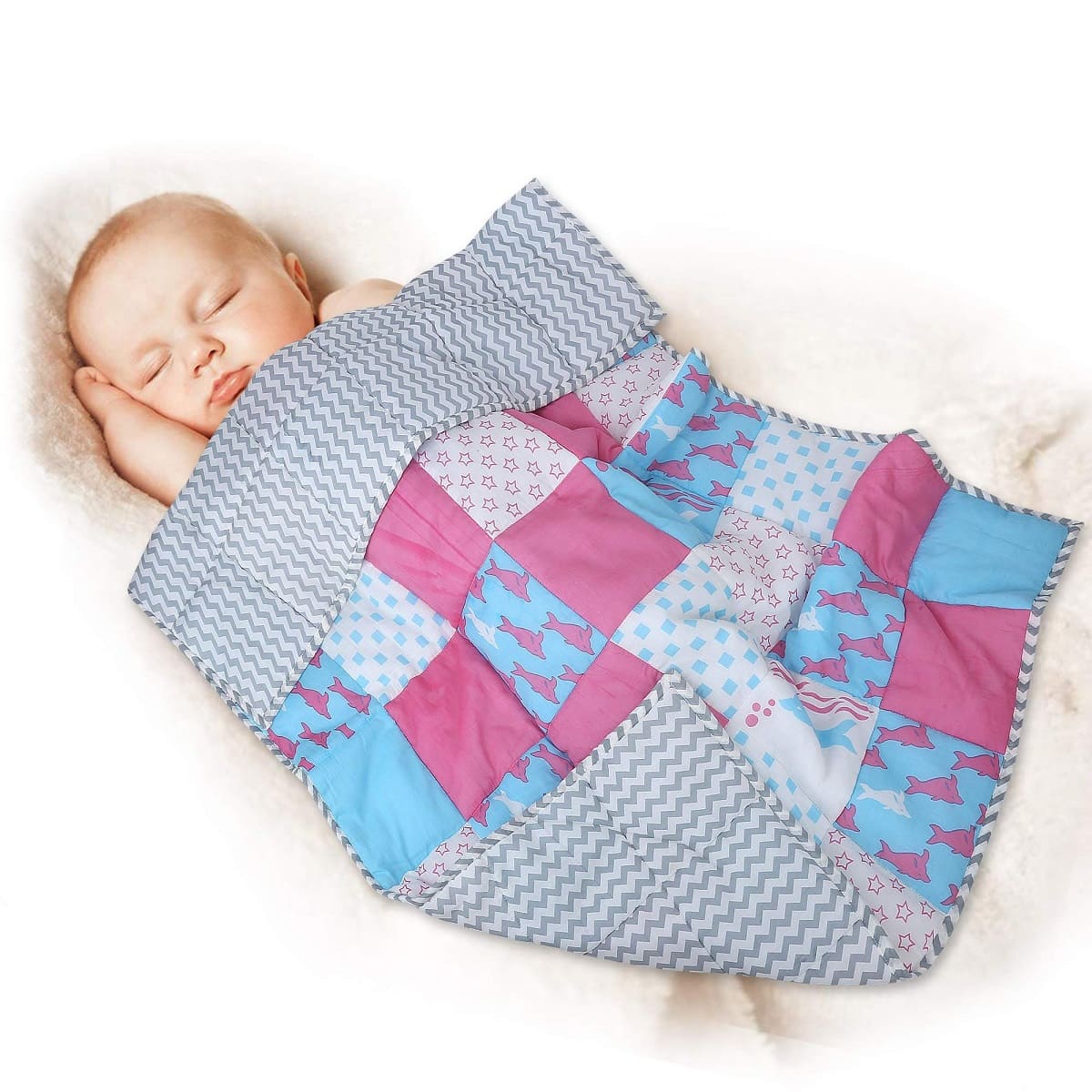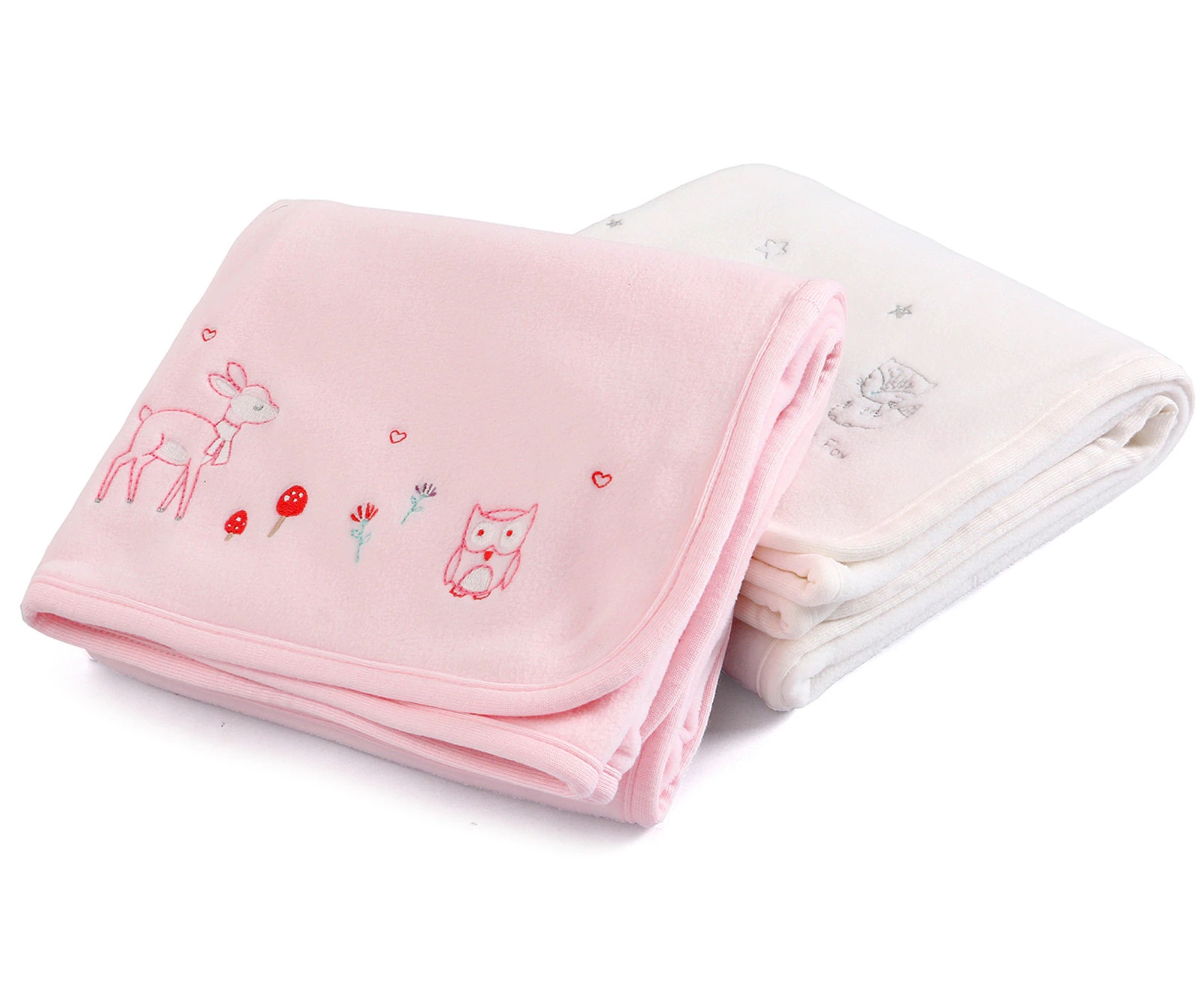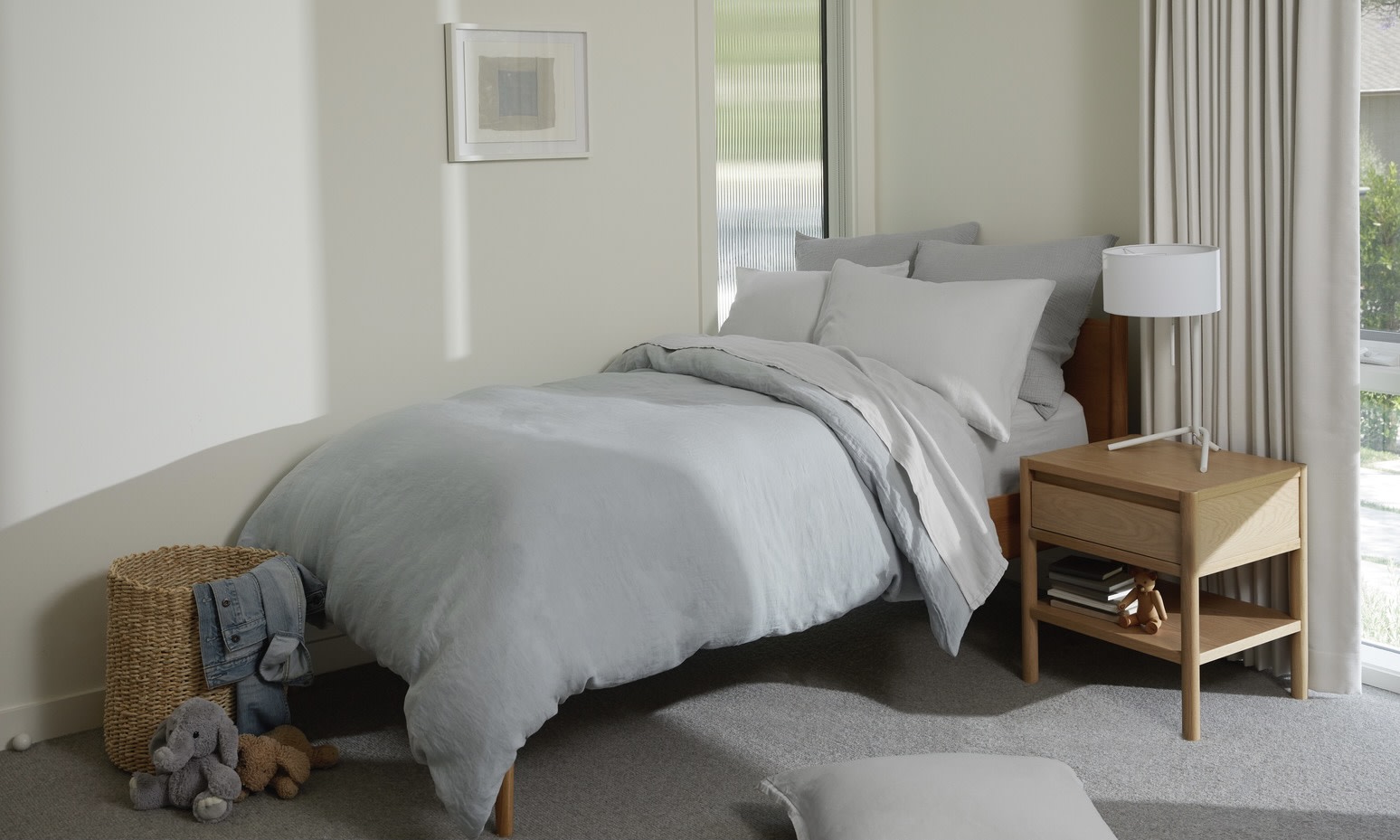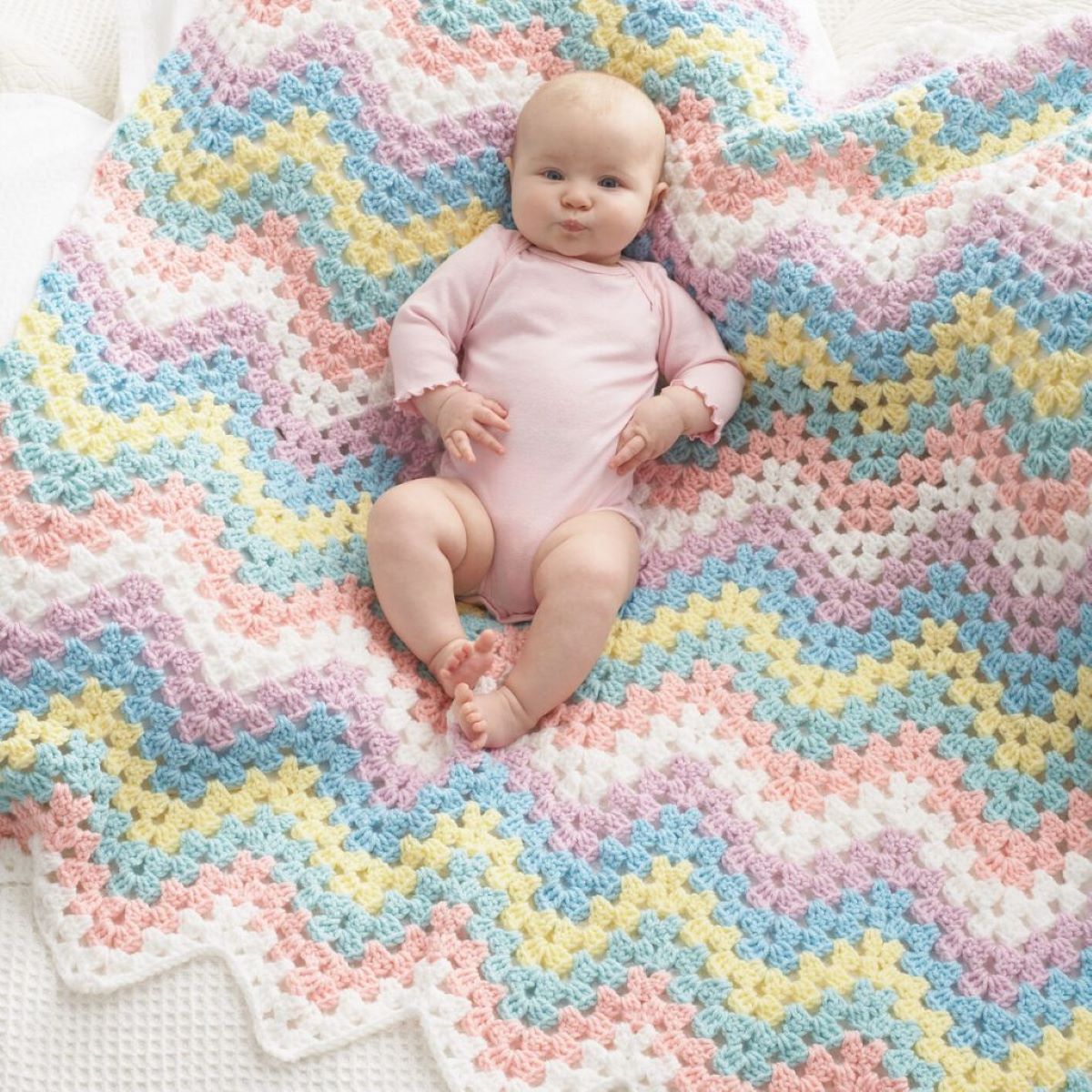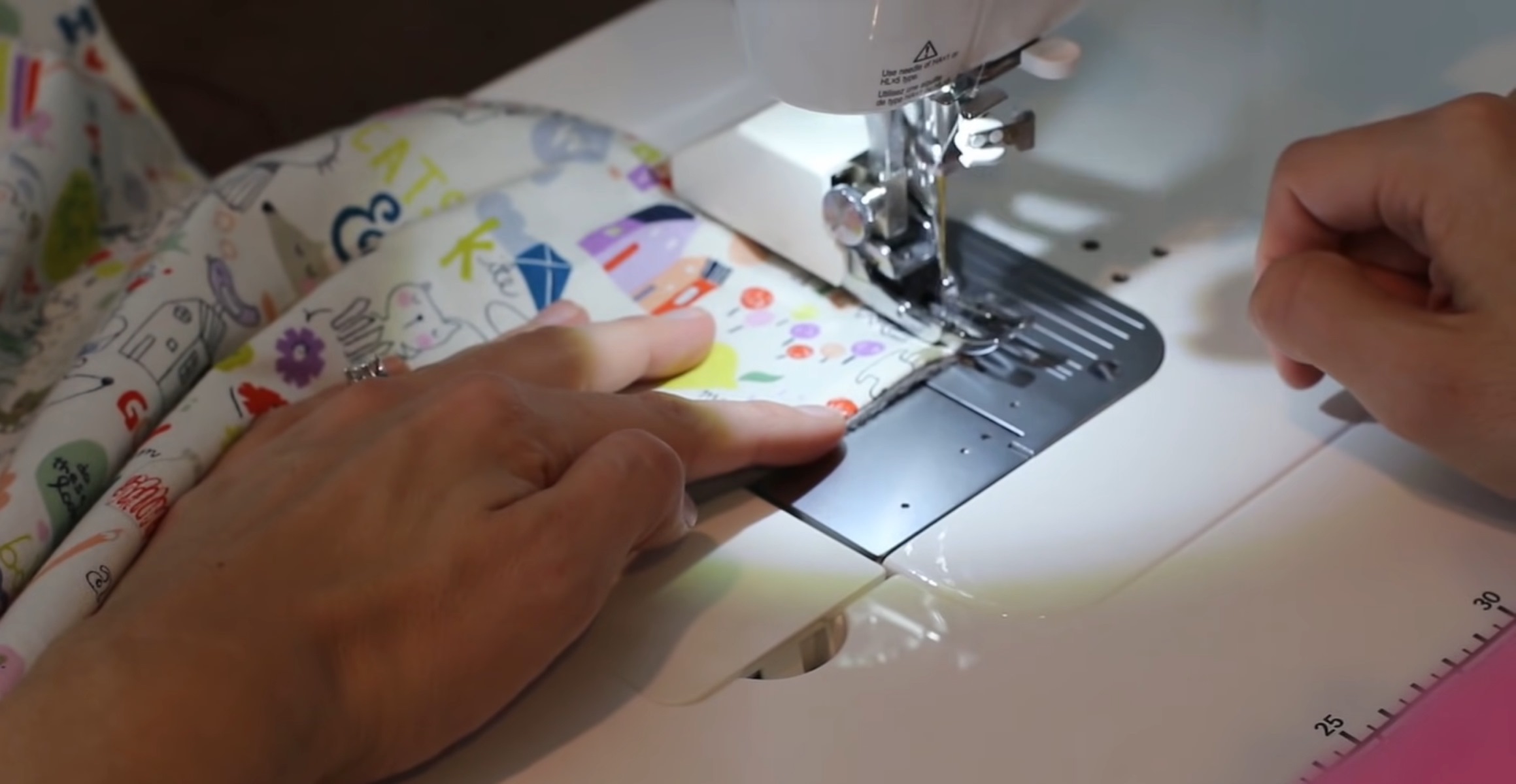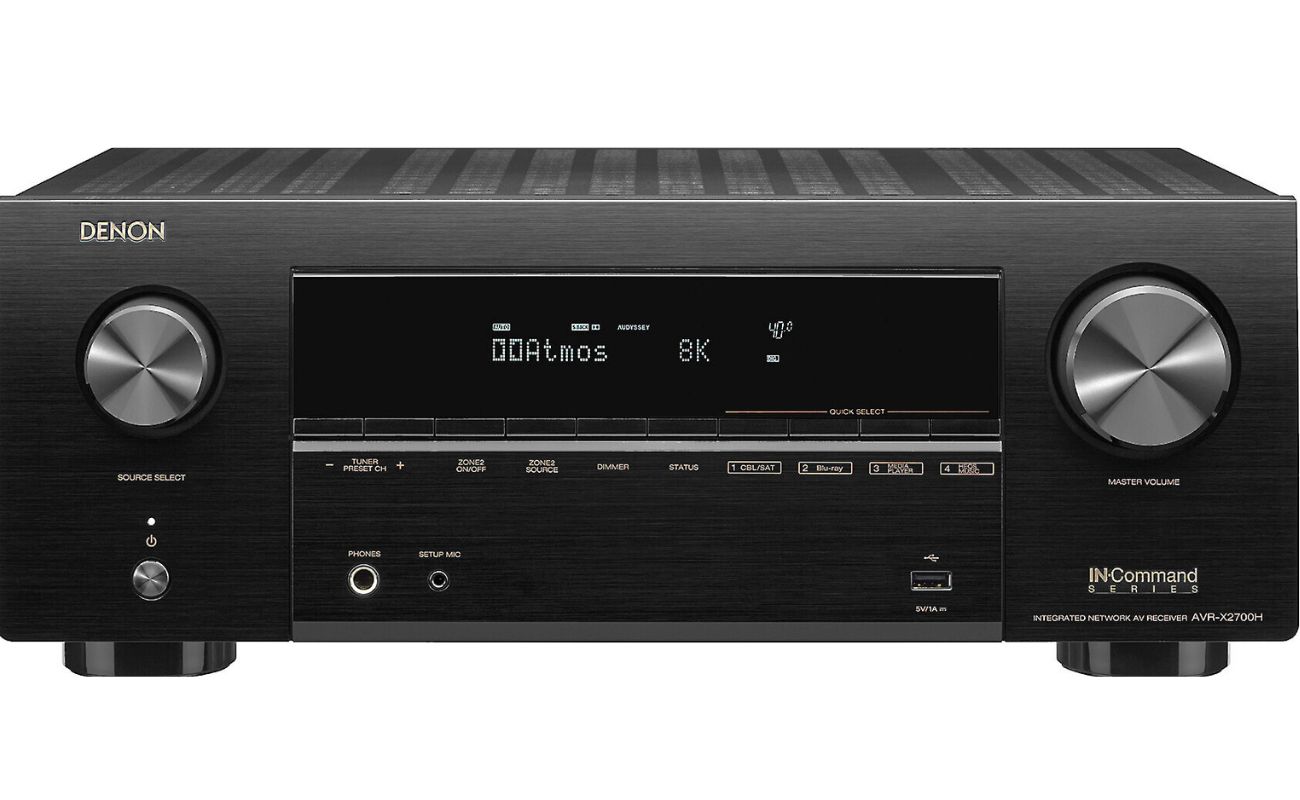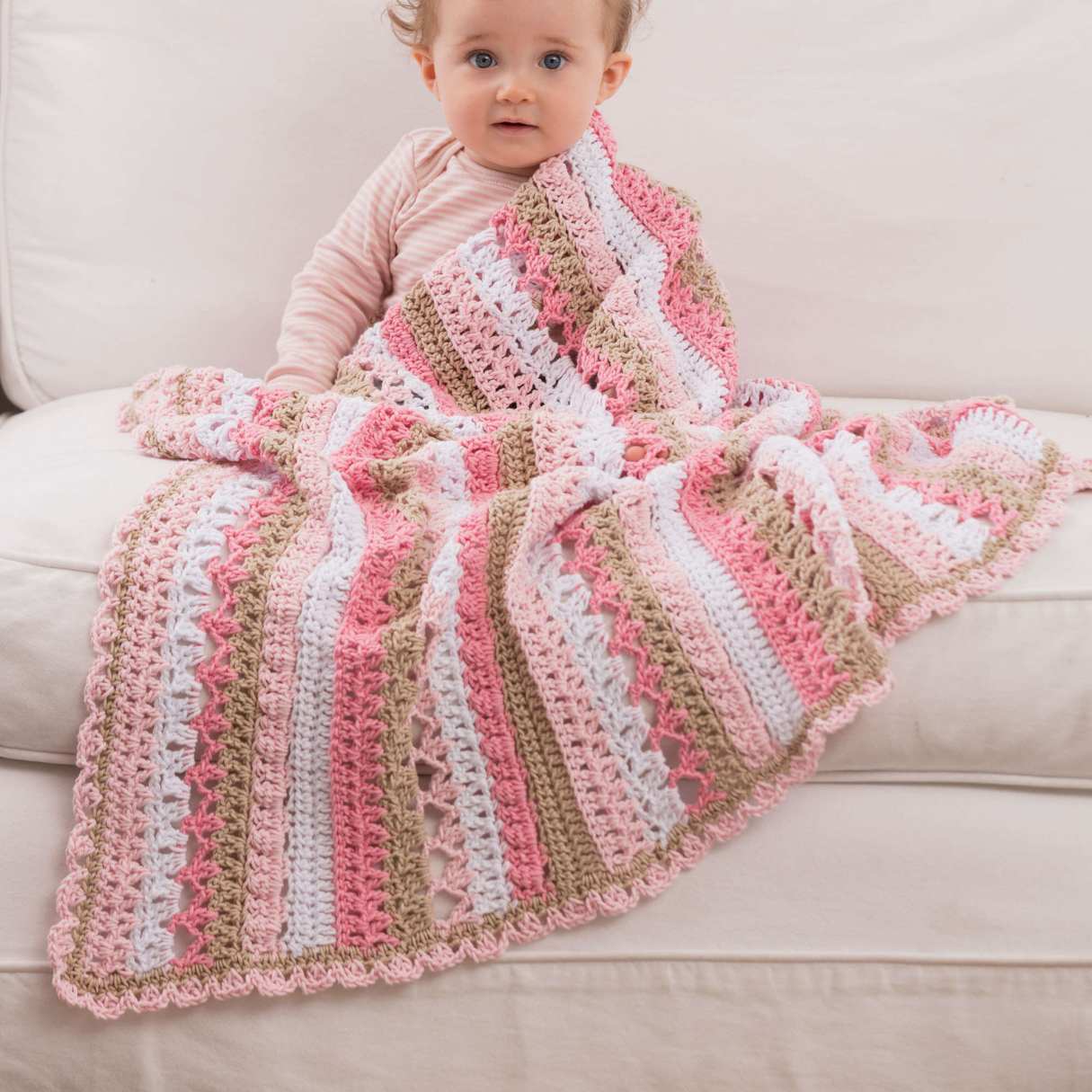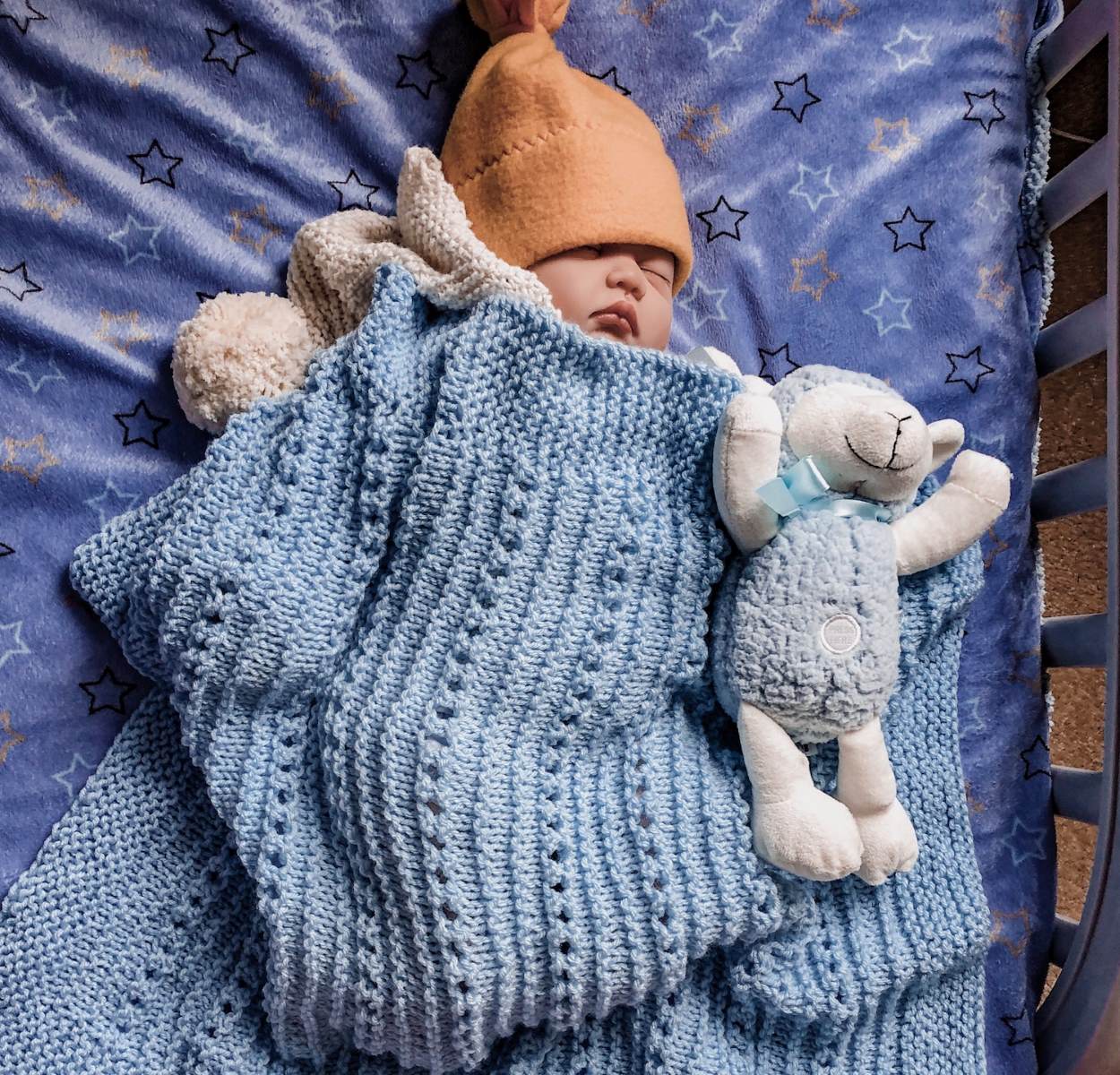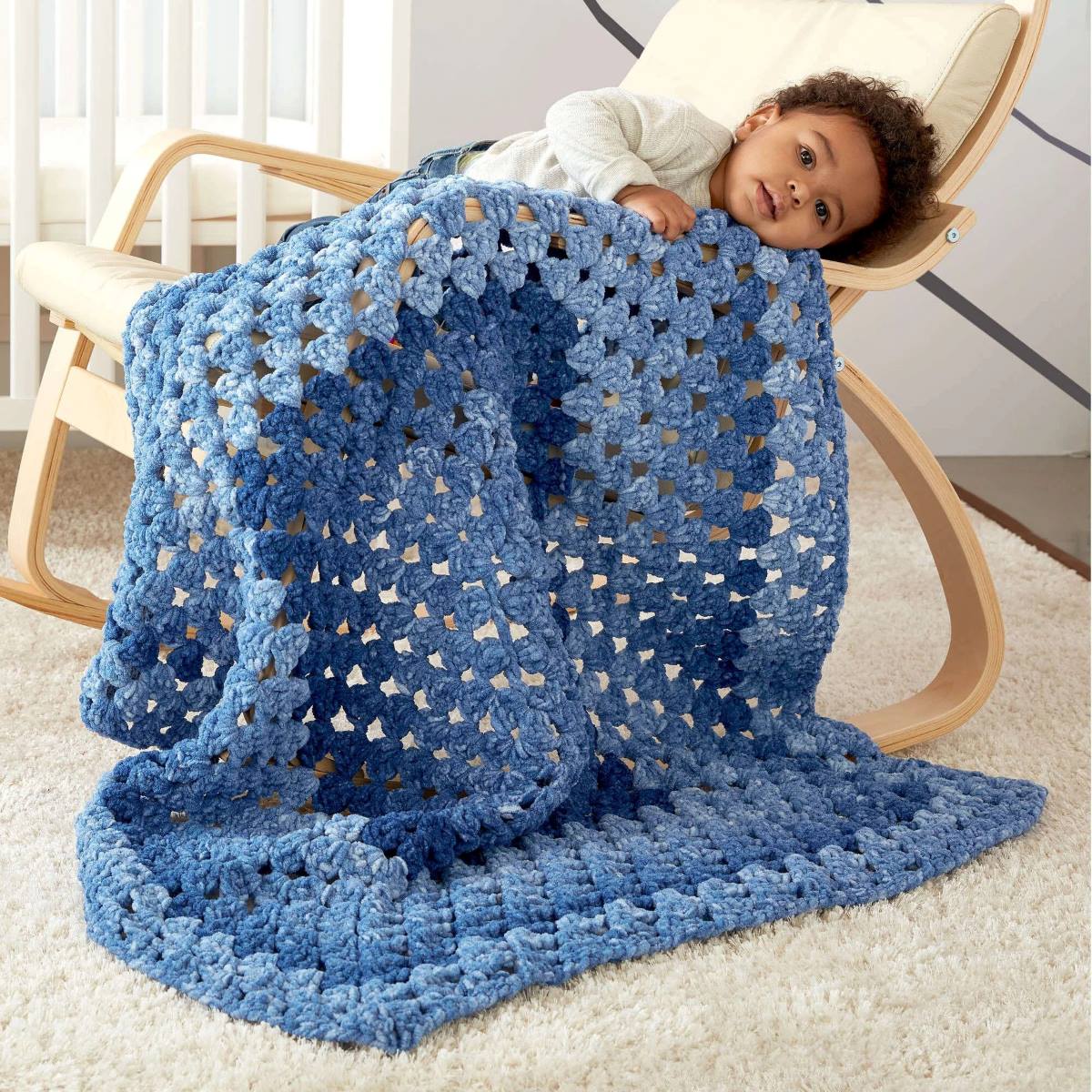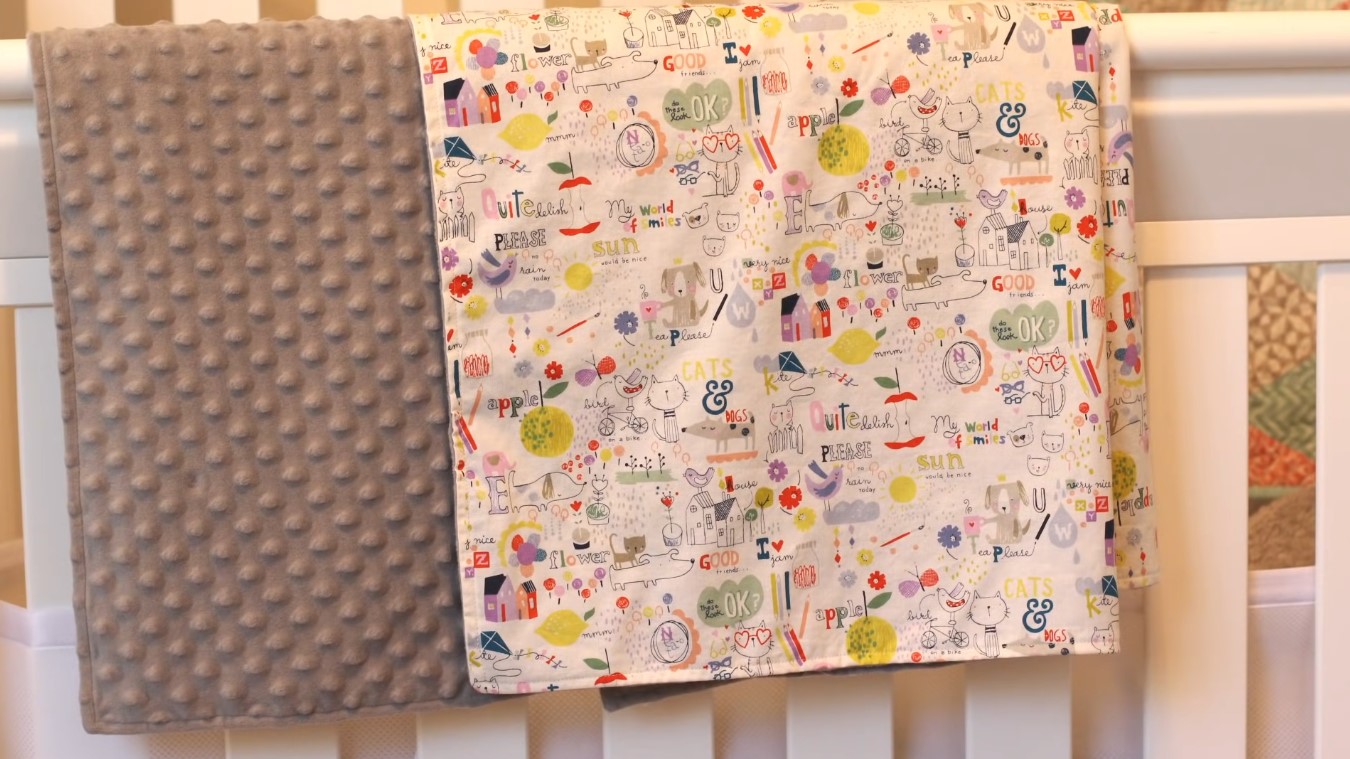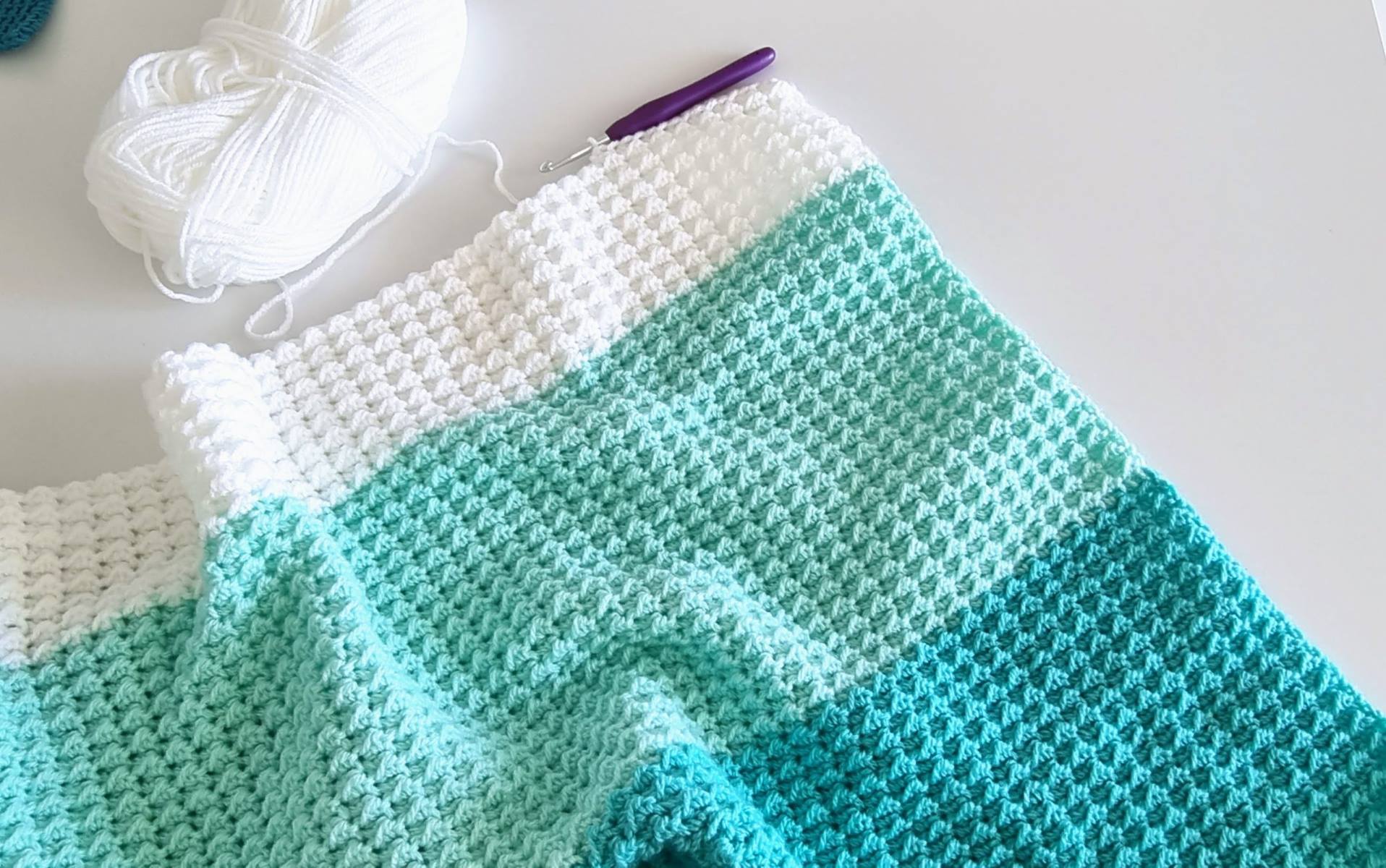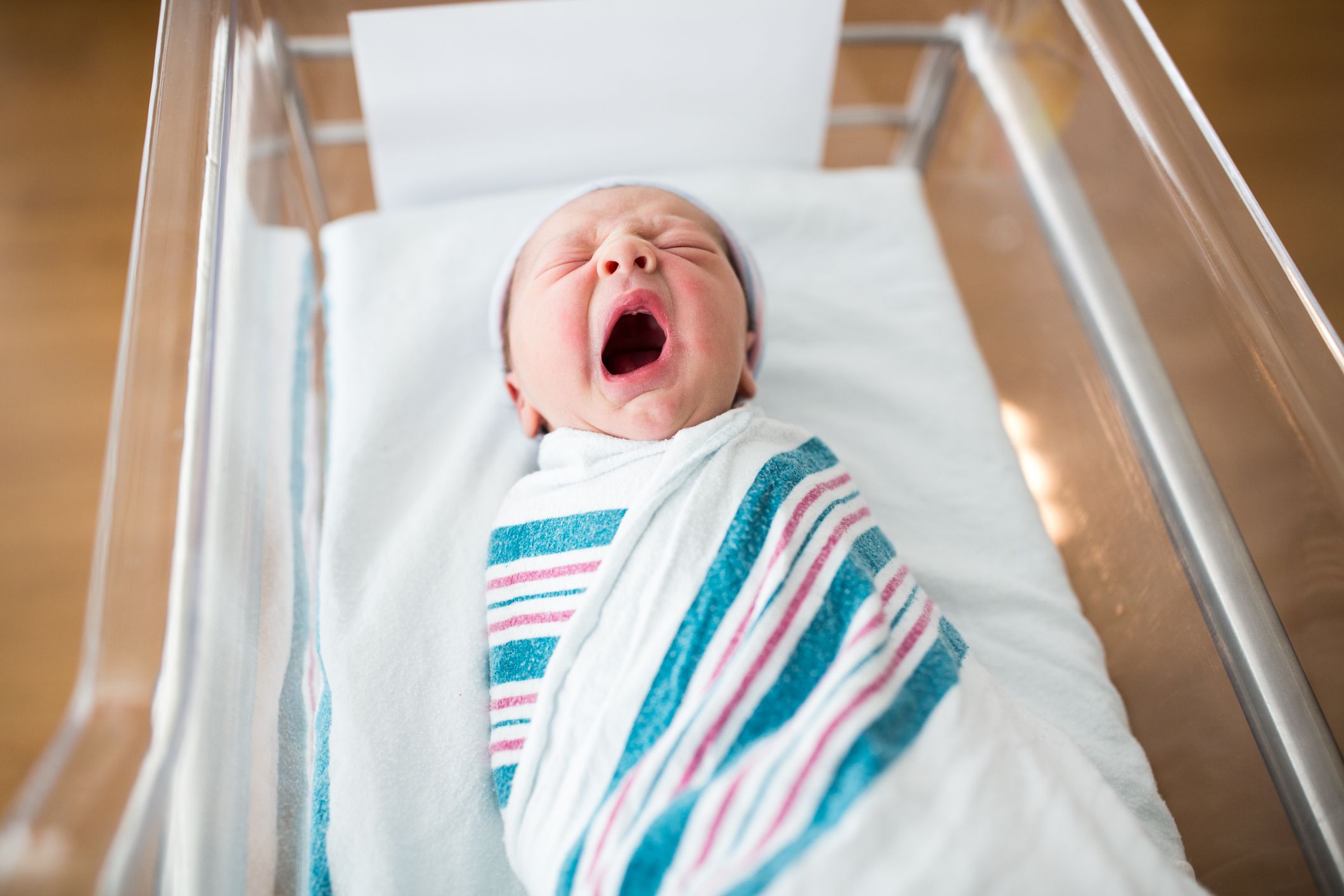

Articles
What Size Is A Baby Receiving Blanket
Modified: January 9, 2024
Discover the ideal size for a baby receiving blanket in this informative article. Learn why choosing the right dimensions matters for your little one's comfort and safety.
(Many of the links in this article redirect to a specific reviewed product. Your purchase of these products through affiliate links helps to generate commission for Storables.com, at no extra cost. Learn more)
Introduction
A baby receiving blanket is an essential item for new parents. It provides warmth, comfort, and security to the newborn, making them feel safe and cozy. These blankets are typically made of soft and gentle fabrics, ensuring that the delicate baby’s skin is protected. However, one common question that arises when purchasing a baby receiving blanket is what size is appropriate? Determining the right size can be confusing, especially for first-time parents. In this article, we will explore the different sizes of baby receiving blankets and provide insights into choosing the perfect size for your little one.
Key Takeaways:
- Choose the right size of a baby receiving blanket based on your baby’s age, intended use, climate, and personal preferences to ensure maximum comfort and functionality.
- Consider growth spurts, fabric properties, and product descriptions when selecting the perfect size of a baby receiving blanket, creating precious bonding moments and a sense of security.
Read more: What Is A Receiving Blanket
The Purpose of a Baby Receiving Blanket
A baby receiving blanket serves multiple purposes and is an essential item in a newborn’s wardrobe. Here are some of the main purposes of a baby receiving blanket:
- Swaddling: One of the primary uses of a receiving blanket is swaddling the baby. Swaddling helps recreate the feeling of being in the womb and can provide a sense of security and comfort to the newborn. The snug wrap of the blanket helps prevent the baby from startling themselves awake while promoting better sleep patterns.
- Providing Warmth: Another important purpose of a baby receiving blanket is to keep the baby warm. Newborns have difficulty regulating their body temperature, and a receiving blanket can help provide an extra layer of warmth during naps, playtime, or when venturing outdoors on cooler days.
- Comfort: A soft and cozy receiving blanket can provide comfort to the baby, helping them feel relaxed and content. The gentle touch of the fabric against their skin can help soothe them during fussy moments or when transitioning from one activity to another.
- Security: Babies are comforted by familiar scents and textures. Using the same receiving blanket consistently can create a sense of familiarity and security for the baby, making them feel safe and protected.
- Multi-Purpose Use: Apart from its traditional uses, a baby receiving blanket can also serve as a makeshift changing mat, a burp cloth, or even a nursing cover. Its versatility makes it a practical item to have on hand, especially when traveling or on-the-go.
Now that we understand the various purposes of a baby receiving blanket, let’s explore the different sizes available and the factors to consider in choosing the right size.
Common Sizes of Baby Receiving Blankets
Baby receiving blankets come in a variety of sizes to accommodate different needs and preferences. Here are some of the commonly available sizes:
- Small Receiving Blankets: These blankets typically measure around 28 inches by 28 inches. They are compact and convenient, making them perfect for swaddling newborns or for use as a security blanket during car rides or while out and about.
- Standard Receiving Blankets: Standard receiving blankets are slightly larger, measuring around 30 inches by 30 inches or 30 inches by 40 inches. They provide a bit more coverage and are suitable for swaddling, as well as for use as a lightweight blanket in warmer weather.
- Large Receiving Blankets: Large receiving blankets can measure around 40 inches by 40 inches or even 40 inches by 60 inches. These larger sizes offer more versatility and can be used for swaddling, as a stroller or car seat cover, or as a playmat for tummy time.
- Multi-Purpose Blankets: Some receiving blankets are designed with adjustable features, allowing them to adapt to various sizes. These blankets often have snaps or Velcro closures, enabling them to transform from a small-sized swaddle to a larger-sized blanket.
It’s important to note that these sizes are general guidelines, and the actual dimensions may vary slightly among different brands and manufacturers. When purchasing a baby receiving blanket, always check the product description or label for the exact measurements.
Now that we are familiar with the common sizes, let’s delve into the factors to consider when choosing the right size for your baby.
Factors to Consider in Choosing the Right Size
When it comes to selecting the right size for a baby receiving blanket, there are a few important factors to consider:
- Age and Size of the Baby: The age and size of the baby will play a significant role in determining the appropriate blanket size. Newborns and smaller infants may be more comfortable with smaller-sized blankets that provide a snug fit and allow for easy swaddling. As the baby grows, larger blankets can be used to provide more coverage and versatility.
- Intended Use: Consider how you plan to use the receiving blanket. If the primary purpose is for swaddling, a smaller-sized blanket may be sufficient. However, if you intend to use the blanket for multiple purposes, such as a stroller or car seat cover, or for tummy time, a larger-sized blanket may be more suitable.
- Climate and Weather: The climate and weather in your region will also impact the choice of blanket size. In colder climates, larger-sized blankets that provide more warmth and coverage may be preferred. In warmer climates, smaller-sized or lightweight blankets may be more appropriate to prevent overheating.
- Personal Preference: Ultimately, personal preference plays a role in selecting the right size. Some parents may prefer larger blankets for added versatility and longevity, while others may prefer smaller-sized blankets for a more snug and cozy fit.
By considering these factors, you can make an informed decision when choosing the size of a baby receiving blanket that best meets your baby’s needs and your preferences.
Now that we have explored the different sizes and factors to consider, let’s discuss the benefits that different sizes of baby receiving blankets offer.
A standard baby receiving blanket is usually around 30×30 inches, but sizes can vary. It’s best to check the specific measurements on the product before purchasing.
Benefits of Different Sizes of Baby Receiving Blankets
The size of a baby receiving blanket can have various benefits depending on the specific needs and preferences of both the baby and the parent. Here are some advantages of different blanket sizes:
- Small-Sized Blankets: Smaller receiving blankets are ideal for newborns and smaller infants. They provide a snug fit, perfect for swaddling, which can help calm and soothe the baby by mimicking the feeling of being in the womb. These blankets are also convenient for carrying around and can be used as a security blanket when the baby needs comforting on the go.
- Standard-Sized Blankets: Standard-sized receiving blankets offer a bit more coverage while still maintaining a manageable size. They are versatile and can be used for various purposes, such as swaddling, as a lightweight blanket, or as a nursing cover. These blankets provide the right balance between comfort, functionality, and portability.
- Large-Sized Blankets: Larger receiving blankets provide ample coverage and versatility. They can be used for swaddling, as well as for covering the baby in a stroller or car seat, creating shade in the sun, or providing a clean surface for tummy time. The additional fabric can offer extra warmth and protection, making them suitable for colder climates or cooler weather.
- Multi-Purpose Blankets: Receiving blankets with adjustable features, such as snaps or Velcro closures, offer the benefits of multiple sizes in one blanket. They can adapt to the growing needs of the baby, transforming from a small-sized swaddle to a larger-sized blanket. These multi-purpose blankets provide convenience and cost-effectiveness, as they can be used throughout the different stages of a baby’s development.
Choosing the right size of a baby receiving blanket based on these benefits can ensure maximum comfort, functionality, and versatility for both the baby and the parent.
Now that we understand the advantages of different sizes, let’s explore some tips for choosing the perfect size of a baby receiving blanket.
Read more: What Is The Size Of A Lap Blanket
Tips for Choosing the Perfect Size
When it comes to selecting the perfect size of a baby receiving blanket, here are some valuable tips to consider:
- Consider the Age and Size of the Baby: Take into account the age and size of your baby when choosing the blanket size. Newborns and smaller infants may be more comfortable with smaller-sized blankets for a snug fit, while larger babies may require bigger blankets for adequate coverage.
- Think About the Intended Use: Consider how you plan to use the receiving blanket. If you primarily want it for swaddling, a smaller-sized blanket may be ideal. However, if you intend to use it for various purposes like a stroller cover or playmat, a larger-sized blanket would be more versatile.
- Check the Fabric Stretch and Weight: Pay attention to the fabric’s stretchiness and weight. A fabric with a good amount of stretch allows for snug swaddling, while lightweight fabrics are ideal for warmer weather. For colder climates, choose a blanket made of thicker and more insulating material.
- Consider the Climate: Take into account the climate in your area. In colder regions, larger-sized blankets provide more warmth and protection. In warmer climates, smaller-sized or lightweight blankets help prevent overheating.
- Assess Your Personal Preferences: Consider your own preferences as well. Some parents prefer smaller-sized blankets for a cozy and secure fit, while others may prefer larger sizes for versatility and longevity.
- Read Product Descriptions: When shopping for baby receiving blankets, read the product descriptions and labels carefully. They usually provide information about the dimensions, intended use, and fabric properties, helping you choose the right size for your needs.
- Consider Growth Spurts: Keep in mind that babies grow quickly, so consider choosing a slightly larger size that allows room for growth. This way, the blanket can be used for a longer period before needing to be replaced.
By keeping these tips in mind, you can make an informed decision and find the perfect size of a baby receiving blanket that meets your baby’s needs, your preferences, and the specific usage scenarios.
Now that we have discussed the tips for choosing the perfect size, let’s summarize the main points.
Conclusion
Choosing the right size of a baby receiving blanket is essential for providing comfort, warmth, and security to your little one. Whether you opt for a small-sized blanket for swaddling or a larger-sized blanket for added versatility, there are several factors to consider in making the right decision.
By considering the age and size of your baby, the intended use of the blanket, the climate and weather in your region, and your personal preferences, you can select the perfect size that suits your needs. Additionally, assessing the stretch and weight of the fabric, reading product descriptions, and keeping growth spurts in mind can help you choose a blanket that will be functional and practical as your baby grows.
Remember, there is no one-size-fits-all answer when it comes to choosing a baby receiving blanket. Every baby is unique, and what works for one may not work for another. Take the time to assess your baby’s needs and consider the factors mentioned in this article to make an informed decision.
Ultimately, the most important thing is to provide your baby with a soft, cozy, and safe blanket that brings them comfort and security. Whether it’s a small, standard, or large-sized receiving blanket, the love and warmth you wrap your baby in will create precious bonding moments and a sense of security.
So go ahead and choose the perfect size of a baby receiving blanket that fits your baby’s needs and your preferences. Remember, the right blanket size will not only keep your baby snug and warm but also help create beautiful memories that will last a lifetime.
Frequently Asked Questions about What Size Is A Baby Receiving Blanket
Was this page helpful?
At Storables.com, we guarantee accurate and reliable information. Our content, validated by Expert Board Contributors, is crafted following stringent Editorial Policies. We're committed to providing you with well-researched, expert-backed insights for all your informational needs.
